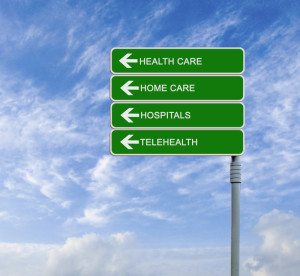Since March 2020, telehealth volume has increased at rates we would never have anticipated. As Dr. Rasu Shrestha, EVP & Chief Strategy & Transformation Officer at Atrium Health, said during a panel at the recent CHIME21 Spring Forum, “It was an overnight success 30 years in the making”. Indeed, when there were no other choices, clinicians and patients were quick to adapt.
the recent CHIME21 Spring Forum, “It was an overnight success 30 years in the making”. Indeed, when there were no other choices, clinicians and patients were quick to adapt.
But what do patients really think of telehealth a year later? The COVID-19 Healthcare Coalition recently published the Telehealth Impact: Patient Survey Analysis. The aims of their research were to determine:
- How well did telehealth serve the clinical needs of patients during the COVID-19 pandemic?
- For what reasons did patients seek care through telehealth?
- What were the strengths and weaknesses of telehealth related to quality of care?
- What are patients’ expectations for the use of telehealth after the pandemic?
The 20-question survey was open to persons 18 years or older who had at least one telehealth encounter between March 1, 2020, and January 30, 2021.Survey responders included 2,007 persons from across the U.S. who received telehealth during the pandemic.
The findings were highlighted in an mHealth Intelligence article “COVID-19 Telehealth Delivery Reaps High Patient Satisfaction”, by Hannah Nelson on April 15, 2021. The results are very encouraging for the future of telehealth. Continue reading

